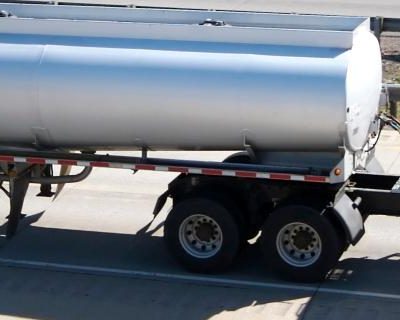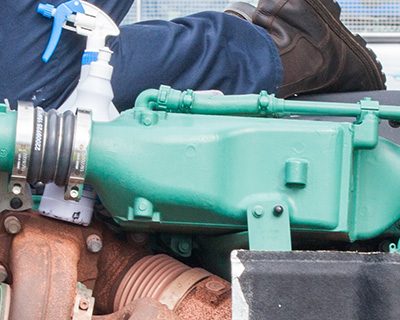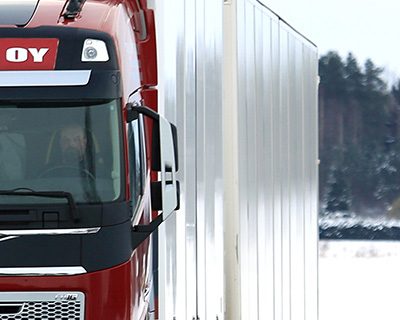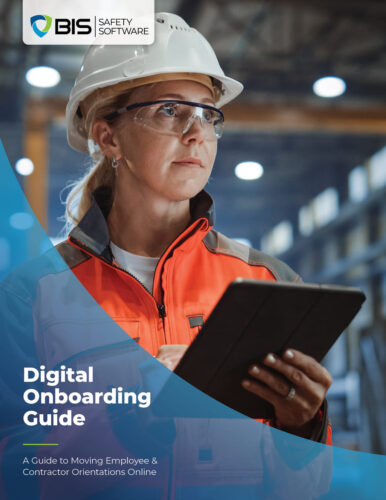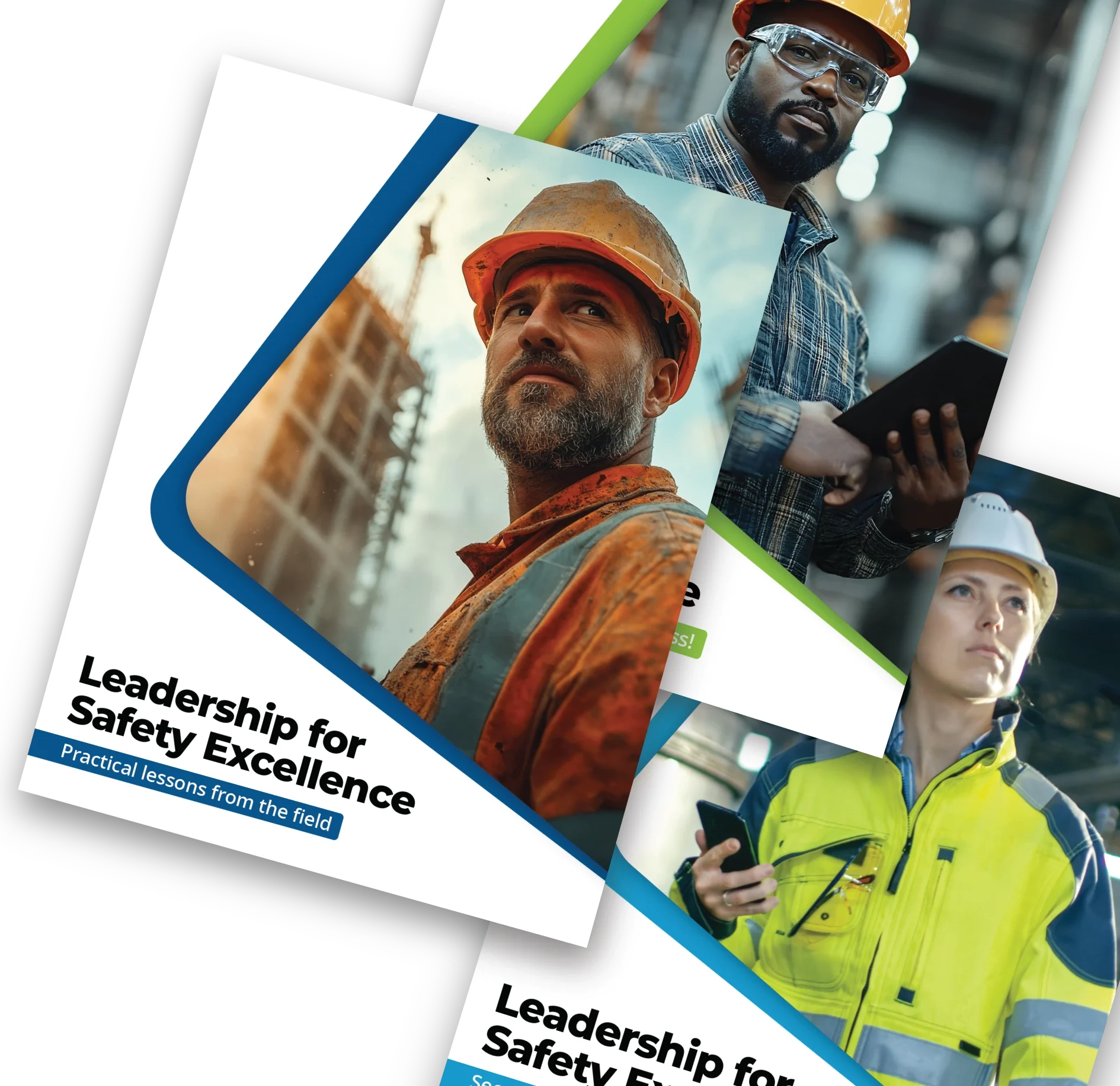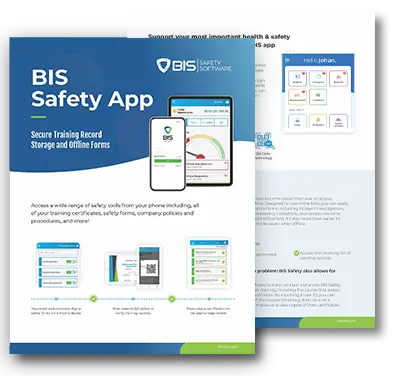
Course details
Entry-Level Driver Training: Railroad-Highway Grade Crossings
Course Overview
This unit must teach driver-trainees to recognize potential dangers and the appropriate safety procedures to utilize at railroad (RR)-highway grade crossings. This instruction must include an overview of various Federal/State RR grade crossing regulations, RR grade crossing environments, obstructed view conditions, clearance around the tracks, and rail signs and signals. The training providers must instruct driver-trainees that railroads have personnel available ("Emergency Notification Systems") to receive notification of any information relating to an unsafe condition at the RR-highway grade crossing or a disabled vehicle or other obstruction blocking a railroad track at the RR-highway grade crossing.
With over 200,000 highway-rail grade crossings in the United States, every driver must know how to cross railroad tracks safely. That is especially true for drivers of long, heavy vehicles like tractor-trailer combinations. This course is designed to address safely crossing railroad tracks including regulatory requirements, emergency procedures, and recognition of safety devices and signs.
By the end of this course you will be able to:
- Explain when stopping at railroad tracks is required
- Recognize the consequences of not adhering to highway-rail grade crossing regulations
- Identify various crossing signs, gates, and signals that may be encountered
- Discuss the procedures to safely stop at railroad tracks
- Describe appropriate actions to take in the event of a railroad related emergency
Topics Covered
- The Regulations
- Signs & Signals
- Safety Tips
This course takes approximately 20 minutes to complete
A passing grade of 80% or higher required. Up to 3 attempts are provided.
A certificate will be provided upon the successful completion of this course







